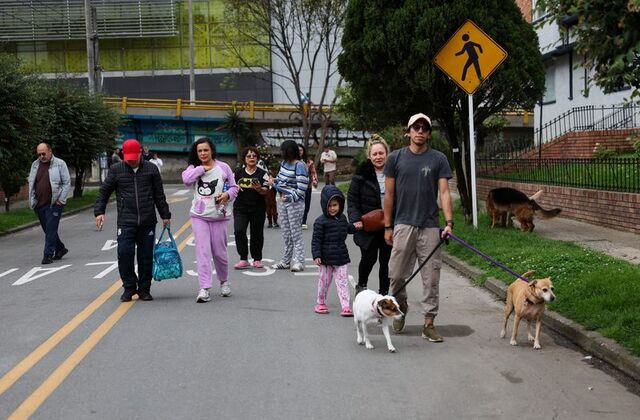Australians will go to the polls on May 3 in a federal election that will serve as a referendum on Prime Minister Anthony Albanese’s leadership, his government’s handling of economic challenges, and its response to global shifts in politics and policy. With his center-left Labor Party facing a tough contest from the conservative Liberal-National Coalition led by Peter Dutton, the outcome could redefine the country’s political trajectory.
Albanese came to power in 2022 promising stability, climate action, and a more progressive vision. But three years later, soaring living costs, persistently high interest rates, and rising housing insecurity have undercut his popularity. His government has rolled out several relief measures, such as energy bill subsidies and student debt reduction, but the opposition argues that these policies have done little to ease household pressures.
In the lead-up to election day, the campaign has been dominated by the economy. Both major parties have focused their messaging on how they would help Australians cope with the cost-of-living crisis. While Labor has emphasized direct financial support and targeted investment, the Coalition is promising fuel tax cuts and increased housing construction as part of its economic pitch.
Another flashpoint in the campaign has been energy policy. Albanese has reaffirmed his government’s commitment to renewable energy, aiming for 82 percent of the grid to run on renewables by 2030. His party has championed this goal as essential for both climate responsibility and long-term cost reduction. In contrast, Dutton has embraced nuclear energy and a slower transition, calling Labor’s energy plan “reckless” and warning of energy shortages and higher bills if the country moves away from fossil fuels too quickly.
The election also comes at a time of profound global changes that have made their way into domestic political debates. The recent re-election of Donald Trump in the United States has caused unease in some quarters of Australia’s political establishment. Albanese has carefully positioned himself as a steady partner to traditional allies, while Dutton has faced criticism for appearing more aligned with Trump-style rhetoric. How Australia balances its alliance with the U.S. under a new Trump administration could have long-term policy implications, including on trade and defense.
The demographics of the electorate are shifting as well. For the first time, younger Australians outnumber Baby Boomers. Both major parties have tailored parts of their campaigns to attract this crucial voting bloc, with policies aimed at easing first-home ownership and addressing climate change. However, many younger voters are looking beyond the two-party system altogether.
Polls indicate that a significant portion of the electorate plans to support minor parties and independents. The Greens, advocating for stronger climate measures and rent control, could play a decisive role in a hung parliament. “Teal” independents—centrist candidates mostly running in urban, traditionally conservative areas—are also expected to perform strongly. Their rise is seen as a pushback against traditional party politics and a sign of dissatisfaction with both Labor and the Coalition.
Albanese has spent the final days of the campaign emphasizing experience and progress, urging voters to let his government “finish the job.” Dutton, meanwhile, has tried to capitalize on economic frustration, framing the election as a referendum on Labor’s management of the economy. Both leaders have toured marginal seats in key battleground states, including New South Wales and Queensland.
Early voting numbers are at record highs, with millions casting ballots ahead of Saturday’s official polling day. Analysts say this reflects not just high engagement but also increasing voter fatigue with political uncertainty and economic instability.
No matter the outcome, the election is expected to result in a more fragmented parliament, with independents and minor parties likely to hold the balance of power. The result will determine not only who governs but also how policy is shaped in the years ahead, particularly on climate, economic recovery, and Australia’s place in a volatile global order.
Source; Al Jazeera



